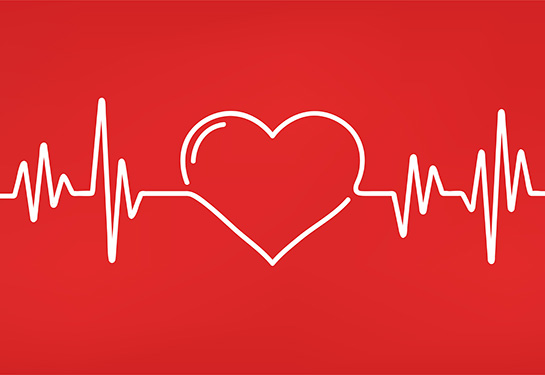Q&A: What is cardiac arrest?
Cardiologist explains the causes, signs, symptoms and recovery process
After Buffalo Bills safety Damar Hamlin went into cardiac arrest during a football game on Monday night, we spoke to UC Davis Health cardiologist Martin Cadeiras to learn more about the symptoms of cardiac arrest and what recovery looks like. Cadeiras is the medical director of UC Davis Health's Heart Failure, Transplantation and Mechanical Circulatory Support Program.
What is cardiac arrest?
Cardiac arrest is the abrupt loss of heart function in a person who may or may not have been diagnosed with heart disease. Cardiac arrest occurs suddenly and often without warning. In cardiac arrest, the heart’s pumping function is “arrested,” or stopped. With its pumping action disrupted, the heart cannot pump blood to the brain, lungs and other organs. When this occurs, a person loses consciousness and has no pulse. Cardiac arrest is often fatal if appropriate steps are not taken immediately.
Is cardiac arrest the same as a heart attack?
People often use these terms interchangeably, but they are not the same. A heart attack is when blood flow to the heart is blocked. Cardiac arrest is when the heart malfunctions and suddenly stops beating. A heart attack is a “circulation” problem and cardiac arrest is an “electrical” problem.
What causes cardiac arrest?
Cardiac arrest may be caused by certain types of arrhythmias that interfere with the function of the heart. An arrhythmia is an irregular heart rhythm. There are many types of arrhythmias and the severity varies. A common, dangerous arrhythmia associated with cardiac arrest is ventricular fibrillation. In ventricular fibrillation, the heart’s lower chambers suddenly start beating chaotically and do not pump blood.
Other causes of life-threatening arrhythmias that can cause cardiac arrest include:
- Scarring of the heart tissue as a result of a prior heart attack or another cause
- Thickened heart muscle (cardiomyopathy)
- Heart failure
- Certain medications that may affect the heart’s electrical system
- Blood vessel abnormalities
- Recreational drug use
- Electrocution
- Trauma
What does a cardiac arrest look like?
Signs of a cardiac arrest are quick and drastic. People often collapse, lose consciousness, have no pulse, and are not breathing or making gasping sounds. Right before it happens, they could be very tired, dizzy, weak, short of breath or sick to their stomach, but it can happen suddenly without any prior symptom, and become the first manifestation of an underlying heart problem.
What should you do if someone suffers sudden cardiac arrest?
For adults, check for responsiveness then shout for nearby help. Next, call 911 to activate emergency medical services. Then call for, or get, an automated external defibrillator (AED) if one is available and use it as soon as it arrives. Begin high-quality CPR immediately and continue until professional emergency medical services arrive. If two people are available to help, one should begin CPR immediately while the other calls 911 and finds an AED.
In cardiac arrest, death can result quickly if proper steps aren’t taken immediately. Cardiac arrest may be reversed if CPR is performed, and a defibrillator shocks the heart and restores a normal heart rhythm within a few minutes.
Learn more about the importance of CPR and using an AED during cardiac emergencies
What does recovery from cardiac arrest look like?
For many cardiac arrest survivors there is risk of neurologic dysfunction, brain injury, disorders of consciousness, neurocognitive deficits, changes in quality of life, as well as physical and psychological wellbeing.
Determining the survivor's prognosis depends on numerous factors:
- Age
- Health conditions such as preexisting heart or lung disease, diabetes, cancer, infection, kidney disease and stroke
- Time between collapse and start of CPR/defibrillation
- Quality of CPR/defibrillation
- Whether survivor had neurological function during or immediately after CPR




